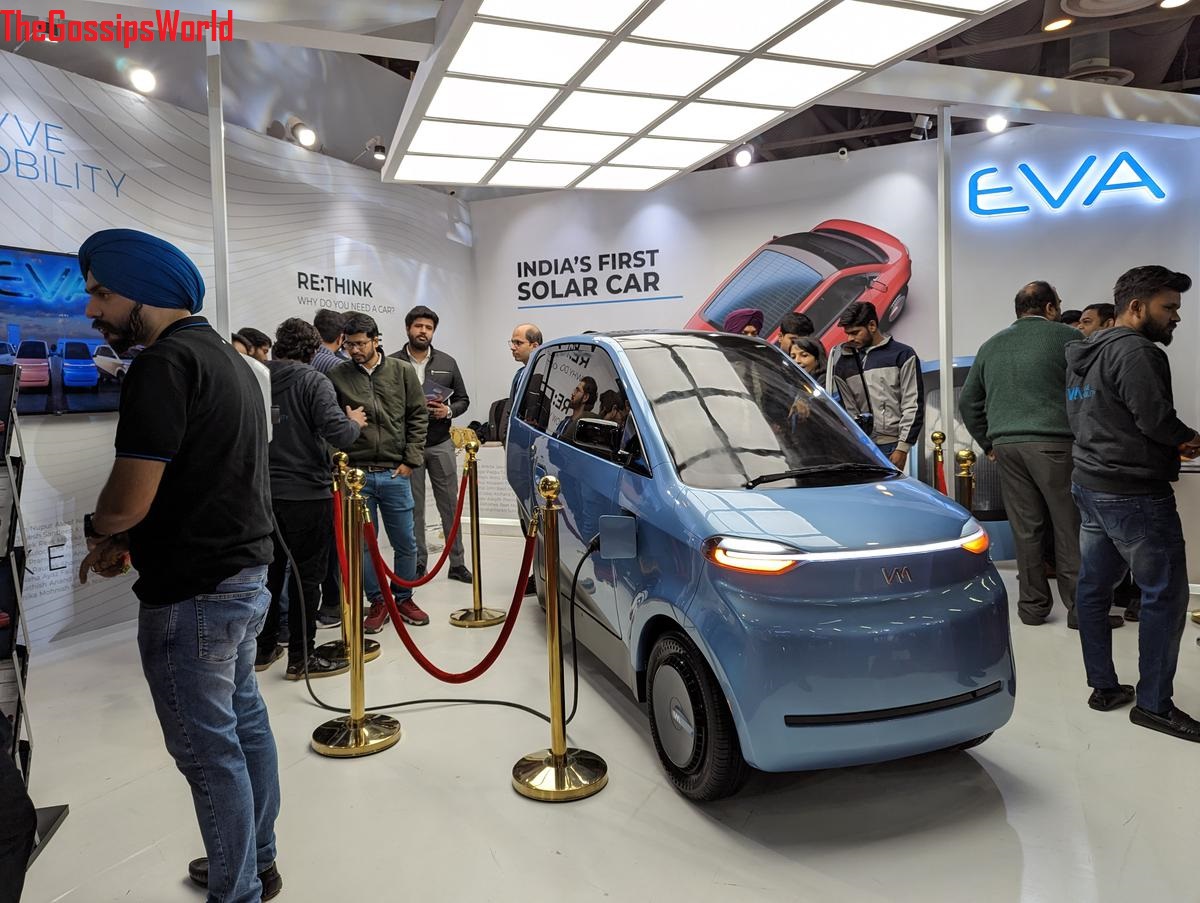Maruti Suzuki’s Ambitious ₹1.25 Trillion Capex To Revolutionize EV And SUV Market
Maruti Suzuki– In a bold move aimed at reshaping the automotive landscape in India, Maruti Suzuki India Ltd recently announced its plans to invest a staggering ₹1.25 trillion by 2030-31. This massive capital expenditure is geared towards developing 10-11 new models, including a substantial lineup of six electric vehicles (EVs), while simultaneously doubling its annual production capacity to a remarkable 4 million units. The automotive giant is set to forge its presence in emerging vehicle segments, with a particular focus on hybrid, flex fuel, and electric offerings, especially within the sport utility vehicle (SUV) category.
Table Of Contents

Maruti Suzuki’s Grand Plan
One of the most notable aspects of Maruti Suzuki‘s grand plan is its vision for the electric vehicle market. By 2030-31, the company envisions that EVs will comprise a substantial 15-20% of its total sales. Furthermore, an additional 25% of their sales could be attributed to hybrid vehicles, with the remaining relying on alternative fuels such as ethanol, compressed natural gas (CNG), and possibly compressed biogas (CBG).
Suzuki Motor Gujarat
Maruti Suzuki’s journey towards achieving this monumental capex began with a strategic move – the acquisition of Suzuki Motor Gujarat (SMG). By issuing preferential shares, Maruti Suzuki bought out its Japanese parent company, Suzuki Motor Corp.’s (SMC), stake in SMG.
This acquisition is not just a financial maneuver but a strategic one aimed at conserving cash reserves, a prudent move considering the colossal investment ahead.
Ambitious Growth Projections
Maruti Suzuki’s ambition knows no bounds, and they are poised to accelerate their growth like never before. While it took nearly four decades for the company to reach a production scale of approximately 2
million units, their new plan is to add another 2 million units to their production capacity in just 7-8 years. Out of this increased volume, over 3 million units are slated for the domestic market, including sales to
other original equipment manufacturers such as Toyota. Additionally, a substantial 750,000-800,000 units are earmarked for exports. It’s worth noting that the domestic market itself is projected to grow at an
approximate 6% compound annual growth rate (CAGR) and is expected to reach around 6 million units by 2030-31. Maruti Suzuki aims to outpace industry growth, cementing its dominance in the market.

The SUV Focus
Maruti Suzuki has set its sights on the SUV market as a cornerstone of its strategy to regain lost market share. At its peak in 2018-19, the company commanded a 52% market share. However, in recent times, there has been a decline in small car sales, which has been the company’s traditional stronghold.
To counter this, Maruti Suzuki is directing substantial funds towards creating the necessary sales, service, and spare parts infrastructure. This infrastructure expansion is vital to support their goal of nearly doubling
Domestic sales volumes. Moreover, as they gear up for larger export volumes, the conversion of production lines to offer greater flexibility necessitates additional capital expenditure.
Research And Development
Innovation and staying ahead of the curve are crucial for Maruti Suzuki’s plans. They recognize the need to allocate significant resources to research and development (R&D) to drive advancements in internal combustion engine (ICE) vehicles. R&D investments are set to increase substantially as Maruti Suzuki
Endeavors to lead the development efforts in this area. The company’s commitment to sustainability is reflected in its plan to develop 10-11 new models, each with different fuel options, over the coming years.

Exploring New Fuel Avenues
Maruti Suzuki’s forward-thinking approach extends to exploring alternative fuels. The company is actively considering investments in the production of compressed biogas (CBG) for its own consumption and potential sale as a fuel source. This aligns with their ongoing efforts to develop CBG as an auto fuel in India, contributing to a more sustainable and eco-friendly automotive landscape.
Financial Preparedness
Addressing the financial aspect of this monumental capex plan, Maruti Suzuki’s chairman, R.C. Bhargava, indicated during the company’s annual general meeting in August that they estimate needing approximately ₹45,000 crore to create a production capacity of 2 million units. While regular capital
expenditures in existing plants will continue, a substantial amount will be allocated to this expansion. The total capex projection until 2030-31 stands at a staggering ₹1.25 trillion. It’s important to note that there
will be a lag between these investments and income generation, and Maruti Suzuki’s management emphasizes the importance of prudent cash management.

Leveraging Cash Reserves
Maruti Suzuki boasts a comfortable cash reserve of nearly ₹47,000 crore. To minimize the impact on earnings per share and profits, the company has opted for issuing shares in the Suzuki Motor Gujarat deal
rather than a cash transaction, which would have resulted in a loss of interest income. This strategic move is aimed at maintaining the financial health of the company.
The Share Swap Model
Maruti Suzuki anticipates that the share swap model will yield consistently higher net profits compared to a cash transaction. In fact, they project a ₹1,400 crore higher net profit in FY31 through this share swap arrangement. Additionally, shareholders can look forward to enhanced earnings per share and dividend payouts, making this approach more favorable than a traditional cash buyout.
Maruti Suzuki FAQ:
What is Maruti Suzuki’s investment plan by 2030-31?
₹1.25 trillion by 2030-31.
What portion of Maruti Suzuki’s sales is expected to be EVs by 2030-31?
15-20% by 2030-31.
How does Maruti Suzuki plan to finance its ambitious growth?
Share swap model.
What is Maruti Suzuki’s strategy to regain lost market share?
SUV market.
What is Maruti Suzuki’s approach to alternative fuels?
Exploring CBG production.






